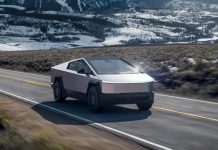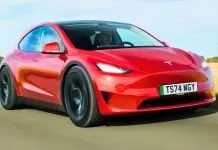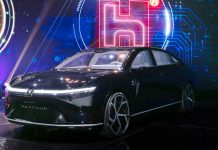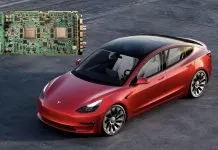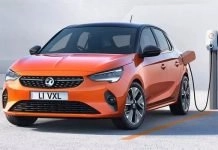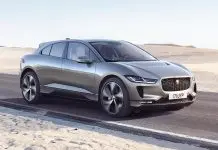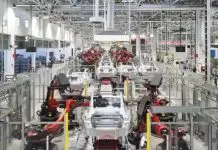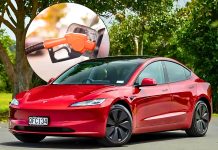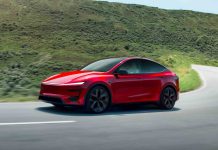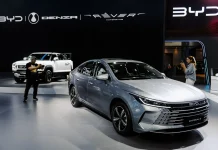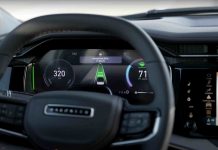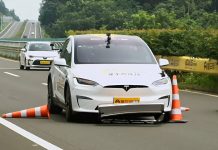The Tesla Model 3 has once again demonstrated its wide appeal in the world’s largest electric vehicle (EV) market, with 102,000 units sold in China during the first seven months of 2025. This figure is an impressive 26.5% increase as per data released by the China Passenger Car Association (CPCA), noting the steadfastness of Tesla as well as the continued success of the Model 3 in an increasingly competitive EV marketplace.
Tesla Model Y also managed to sell 48,189 units in China in the first three months of 2025. Surprisingly, the Tesla Model 3 was in 8th place during those first 3 months, but it remained relevant and sold for more in the latter half.
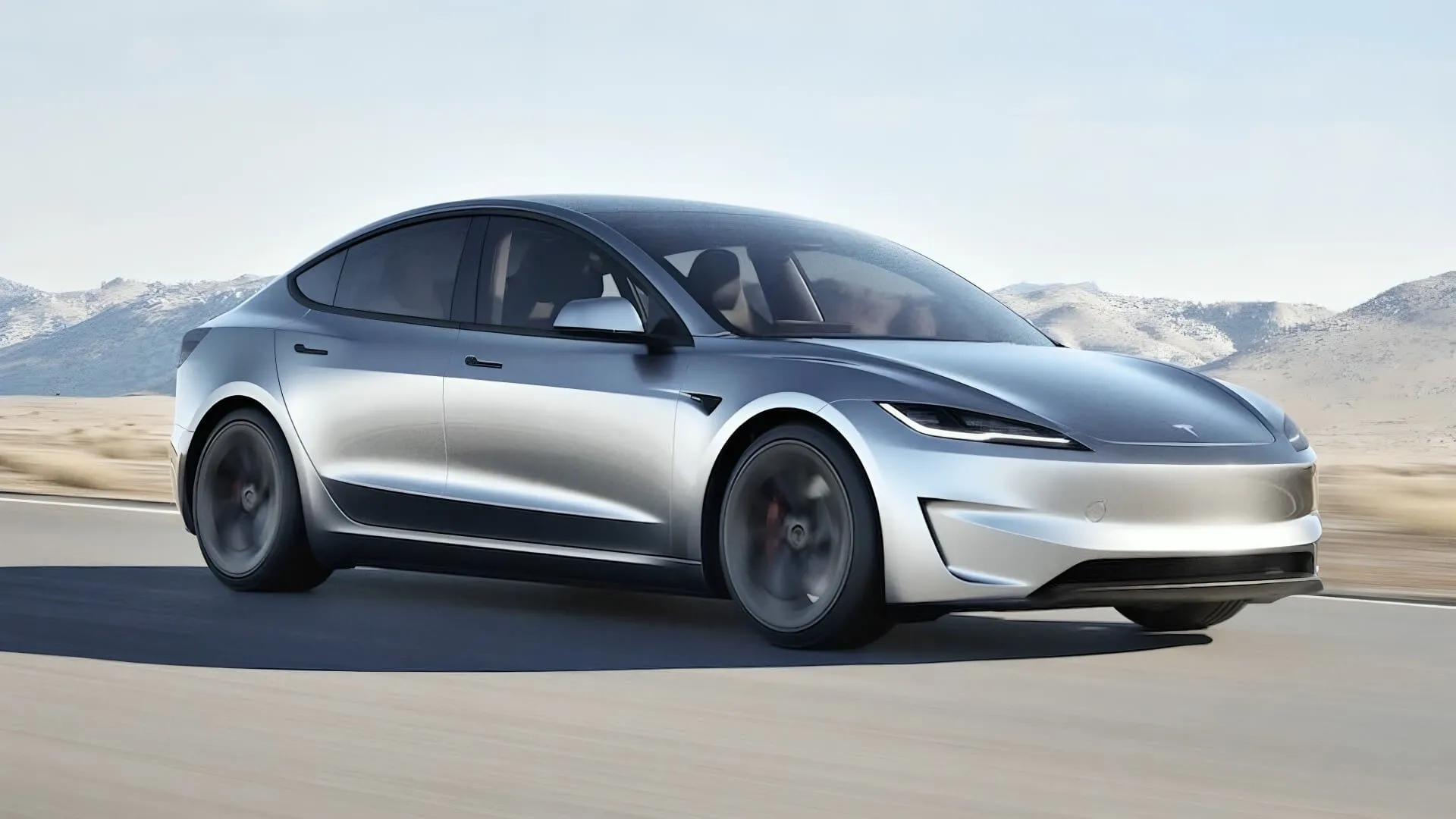
Tesla Is Showing Growth in China in the First Half of the Year
China is Tesla’s second-largest market, after the United States, and the company’s shares have gained prominence in China, which is typically indicative of a company’s global health. These January-July figures are imposing as the competition with local automakers of EVs such as BYD, NIO, XPeng, and Li Auto has been trying to aggressively expand their model range and offer cheaper EV models.
These results have been pivoted in the Shanghai Gigafactory belonging to Tesla, which has been producing both the Model 3 and Model Y to be sold locally and in the export markets. The plant has been highly productive, and the firm has been able to sustain the delivery times as well as the pricing to be competitive. The increased sales in the year 2025 are also based on the succession of minor design revisions and software upgrades that have kept the Model 3 attractive to new customers.
Pricing Strategy and Consumer Appeal
Tesla has used strategic pricing as one of the contributions to the success of the Model 3 sales. Although the firm did not undertake massive price reductions in 2025 as was the case in 2023 when it started a price war, the modest changes it made during the earlier quarter ensured the company enjoyed high demand at no major negative effect on its margins.
The interplay between range and performance, plus access to the Tesla Supercharger network, easily entered in the Model 3, holds big appeal. Tesla’s charging infrastructure translates into a practical benefit over most competitors, especially in crowded cities where owners cannot rely on home charging. These have also been complemented with recent over-the-air (OTA) updates, which have introduced new entertainment features, enhanced driver-assist features, and navigation features that the Chinese see in the mounting importance of technical features in cars.
A Competitive Environment in 2025
Nonetheless, the Chinese EV market is not standing still, despite all the current success of Tesla. Specifically, BYD remains very strong overall in terms of EV sales owing to its massive lineup across the full range of pure battery-electric to plug-in hybrid. Nonetheless, the high rate of year-to-year increase of the Model 3 implies that Tesla has somehow found its sustainable niche of consumers who want the combination of international brand name value and quality delivery.
Other Chinese startups, such as NIO and XPeng, even produced mid-size sedans to compete directly with Tesla and to target the same audience as the American company, with competitive prices and driver-assist system features. Nonetheless, Tesla already has the advantage through retention because of a well-known reputation related to battery efficiency, resale value, and consistent software upgrades.
Conclusion
The Tesla Model 3 is having an excellent 2025 in China and has sold 102,000 units in the country from January to July, with a growth rate of 26.5% over the same period in 2024, or last year. With the increasing competition, the future success of Tesla will rely on its capacity to innovate, change, and capitalize on both the benefits of its brand and its infrastructure. At the outset, the figures indicate that the Model 3 is not only holding its own in the rapidly changing electric vehicle industry in China, but it is also performing well.




